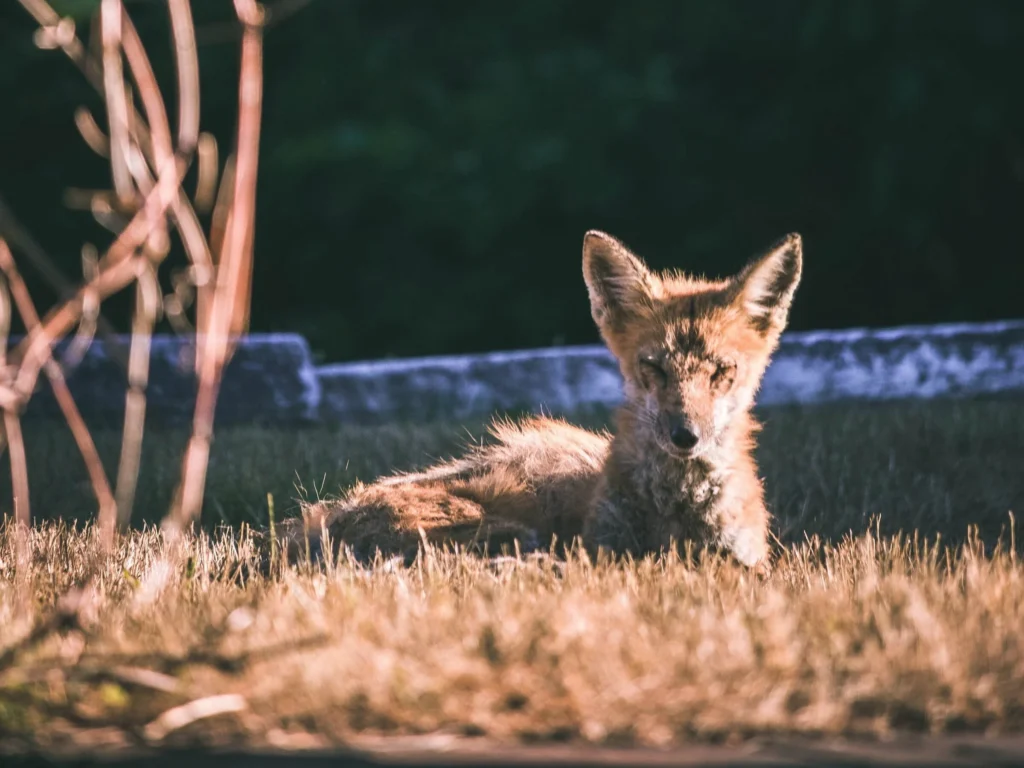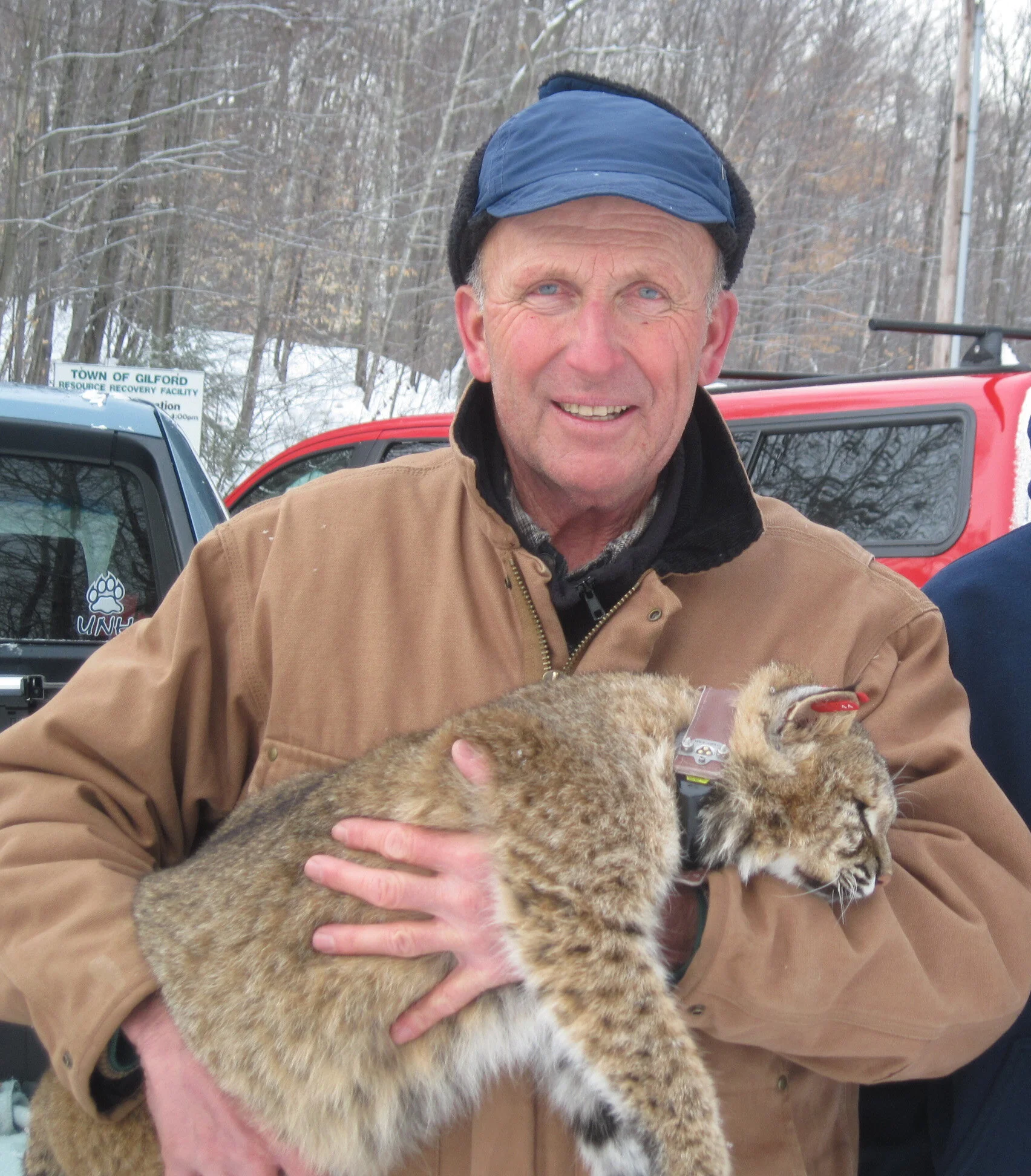Technical & Field Support

Whether its River Otter and Fisher reintroductions throughout the 20th century, or collecting tissue samples for disease study today, the NH Trappers Association has always maintained a helping hand with wildlife biologists and state wildlife agencies. Throughout the 1970’s, 1980’s and 1990’s, scientific data gathered from the trapped carcasses of coyote, fisher, otter, and bobcats helped local biologists gather insight into the reproductive health, disease impact, and greater biological understanding of these important creatures. Trapped carcasses are traditionally regarded as the preferred form of submission for research due to trapping being a “controlled” method of take. In contrast, road-killed specimens, animals showing symptomatic traits (disease), or animals that have been shot via traditional hunting seasons may exhibit excessive tissue damage and specimen timeline uncertainty – thus potentially rendering samples from these specimens unusable.

NH trappers are often called upon for their technical skills and understanding of integral characteristics of fur-bearing species. This knowledge base is often utilized by the conservation and research community. Beginning in 1968, New Hampshire’s licensed trappers live-captured 25 fisher, which were then traded by the NH Fish & Game Department for 25 wild turkeys from West Virginia. Fisher had been wiped out of West Virginia by the mid 1800’s due to loss of habitat and unregulated hunting. Likewise, New Hampshire was looking to restore its imperiled wild turkey populations. This barter would be NH’s first effort at restoring a wild turkey population in this state. Trappers answered the call for assistance and used their experience to catch fisher from the state’s now thriving population. As a result, fisher (with Granite State lineage) have thrived in West Virginia and have even expanded into surrounding states since the reintroduction.
Forward to the early 1990’s, the state of Connecticut wished to also restore a fisher population. Trappers in NH again rose to the task, resulting in several dozen trapped and crated fisher being shipped to Connecticut over a two-year period, with another successful reintroduction. Around the same time, the state of Pennsylvania was also looking at fisher restoration – which saw NH trappers lending their expertise to catching and submitting individual otters for PA’s reintroduction efforts. By 1996, Pennsylvania was launching their own fisher restoration project and turned to New Hampshire for their supply of live fisher, as well. This project continued for two years, with NH trappers sending 175 fisher; which greatly exceeded any and all expectations from Pennsylvania officials.
Throughout the late 90’s and early 2000’s, New Hampshire Trappers Association members volunteered time to conduct trap standardization testing for the Association of Fish and Wildlife Agencies to develop their Best Management Practices for trapping program. This national effort seeks to develop guidelines for trappers to use the most humane, safe and practical trapping methods for over a dozen species in the United States. As a result, NHTA members specifically made a significant impact on the standardization of how wildlife is humanely trapped across the entire country.
Around the same time, NH trappers assisted state biologists with submission of mink tissue samples, which were sent to the US Fish & Wildlife Services for mercury testing. This project paved the way for awareness with regard to mercury poisoning and pollution in the state’s waterways.
By the mid-2000’s, the NHTA hadn’t wavered from our commitment to lend technical support – this time assisting officials with bobcat research. The New Hampshire Fish & Game partnered with the University of New Hampshire on a comprehensive bobcat study with the ground work starting in the fall of 2009. Distribution, population abundance, habitat use, habitat connectivity, and methods to index populations were all studied. This comprehensive research project was completed in December 2014 and has provided a wealth of knowledge about bobcats in New Hampshire. NHTA members and directors volunteered their time and expertise to live trap bobcats for the radio-collar study. The NH Trappers Association purchased large bobcat cage traps, and trappers assisted with constructing, baiting, monitoring and maintaining operational traps throughout the state. Trappers reported catches, and also assisted researchers with fitting cats with radio-collars. A cascade of insight and technical knowledge into the biology and ecology of NH bobcats flowed for wildlife professionals and researchers as a direct result of local trapper effort.
Today, the NHTA’s commitment to hands-on conservation remains. The NHTA continues to work with the NH Fish & Game Department on pine marten and gray fox research. We continue to work with local officials from The United States Department of Agriculture (USDA), Animal and Plant Health Inspection Service (APHIS), Wildlife Services (WS) on wildlife rabies surveillance in New Hampshire – both through tissue and carcass submissions.
Beginning in 2016, we are also offering technical assistance with UNH and the Northeast Wildlife Disease Coop on their ongoing research into Canine Distemper Virus (CDV) in fisher, fox, raccoon, and other species. The project is ongoing in various forms. NH trappers continue today, each fur trapping season since 2017, to assist with furnishing of tissue samples from harvested individuals as needed. Additionally, as of April 2018, NH trappers participated with West Virginia’s research. Tissue samples from 13 fisher trapped during NH’s 2017 fur season were furnished to West Virginia University for genetic comparison of each state’s fisher population.
Contrary to what some believe, there is no specific government employee regularly taking headcounts on the state’s furbearer populations. State biologists and agencies accross the country rely directly on reporting from licensed trappers to determine population health, abundance, and density. Even those against trapping in New Hampshire regularly utilize and promote species data furnished, free of cost, by the state’s trappers. Persons wishing to trap in New Hampshire must attend mandatory Trapper Education classes, purchase a license, file written landowner permission with New Hampshire Fish and Game, adhere to science-based regulations and harvest limits, check traps daily, and, most importantly, report their catch along with effort each season. These reports are viable and extremely important to wildlife management, and are considered an aspect of modern conservation in which NH trappers are more than happy to contribute to.
As always, NH trappers’ pledge to aid in conservation of our abundant fur-bearer species and work as the “boots on the ground” to monitor populations in the field, has been (and continues to be) successfully fulfilled.
